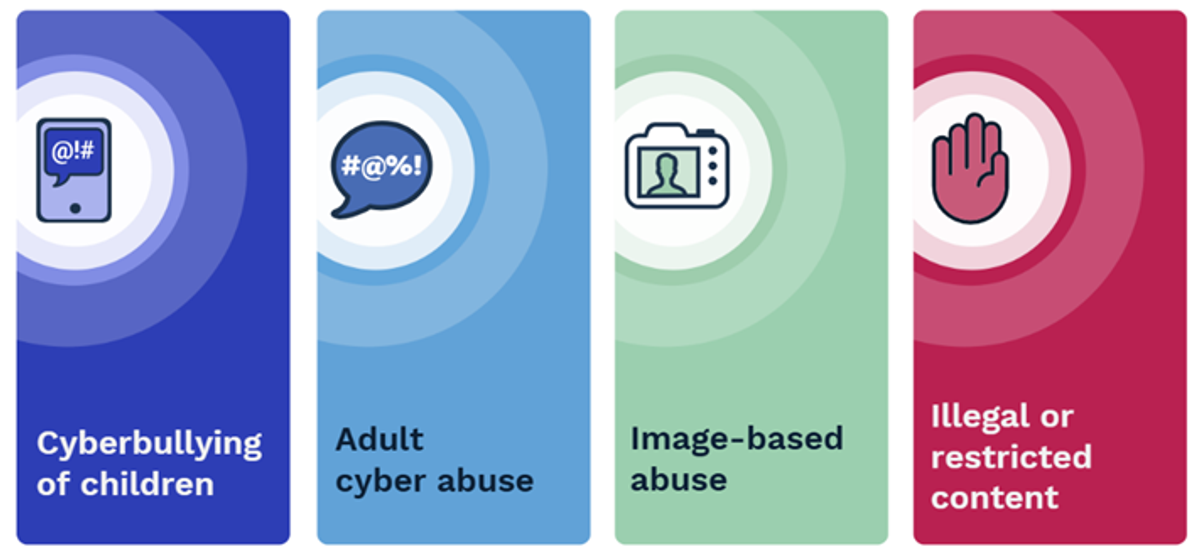Tech Hub

Online bullying (or cyberbullying) can happen in many ways, through messages, games, or social media. For children aged 6–12, it often starts as teasing or exclusion online. The good news is that with some simple steps, families can help prevent it and make sure kids know how to respond if it happens.
What Online Bullying Can Look Like
- Mean or hurtful messages or comments
- Being left out of online groups or games
- Sharing embarrassing photos or videos
- Fake accounts made to tease or copy someone
Even small comments or emojis can have a big impact on a child’s confidence — especially when seen by others online.
How Parents Can Help Prevent Online Bullying
- Talk early and often – Keep open conversations about how your child feels when they’re online.
- Set clear rules for kindness – Remind children to treat people online the same way they would face to face.
- Know what they’re using – Ask your child to show you the games and apps they enjoy. Explore them together.
- Keep devices in shared spaces – This helps you see what’s happening online and encourages openness.
Model positive online behaviour – Children notice how adults use technology, comment, and post.
If Bullying Happens Online
If your child tells you (or you suspect) they’re being bullied:
- Stay calm and listen. Let them know you believe and support them.
- Take screenshots of the messages or images.
- Block or mute the person responsible.
- Report it to the platform or app — most have built-in reporting tools.
If it continues, contact the school or the eSafety Commissioner for help.
The eSafety Commission
eSafety is Australia's independent regulator for online safety. They educate Australians about online safety risks and help to remove harmful content such as cyberbullying of children, adult cyber abuse and intimate images or videos shared without consent.
What you can report to eSafety
eSafety helps remove serious online abuse, and illegal and restricted online content. They work to protect young people from harmful online content.
What are the reportable offenses?
Cyberbullying of Children:
If the cyberbullying fits this checklist, and you have reported it to the online service or platform and they have not removed the harmful content, it can be reported to eSafety for investigation.
- The person targeted: A specific child or young person under 18 who ordinarily lives in Australia.
- The threshold for investigation: It must be likely to harm the physical or mental health of the child or young person because it is seriously threatening, seriously intimidating, seriously harassing or seriously humiliating.
- When to report it to eSafety: When the harmful content was reported to the service or platform, but they did not remove it.
- Who can report it: The child or young person targeted, their parent or guardian or a person authorised by them (for example a carer, teacher or police officer).
- Possible outcomes: Removal of harmful content, issuing a notice requiring the person responsible to refrain from further cyberbullying and/or apologise, issuing fines or penalties for services or platforms that don’t remove content, further legal action.
For further information please see the eSafety website.
PARENT TIP OF THE WEEK
Ask your child what they think respectful online behaviour looks like. Starting the conversation this way helps them feel listened to and more likely to come to you if something goes wrong.

